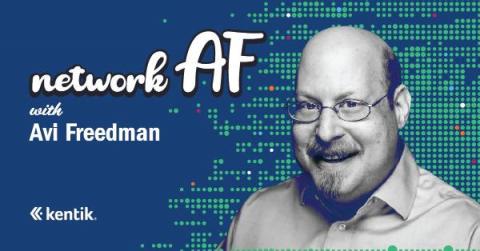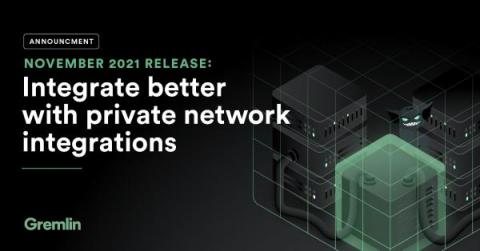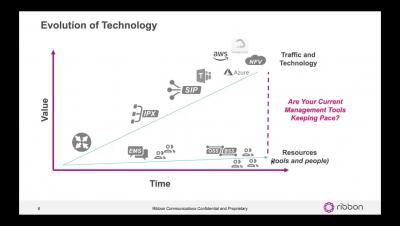Network AF, Episode 6: Cat Gurinski on mentorship and the shared languages of network engineering
In the latest episode of the Network AF podcast, your host Avi Freedman welcomes his friend and networking pro Cat Gurinski to the show. As a senior network engineer with loads of experience, Cat is most passionate about automation and troubleshooting, and especially loves to use Python and Arista’s pyeapi frameworks in her pursuits. She’s also the current chair of the NANOG Program Committee, and previously worked for companies like Best Buy, Switch and Data, and Equinix.










